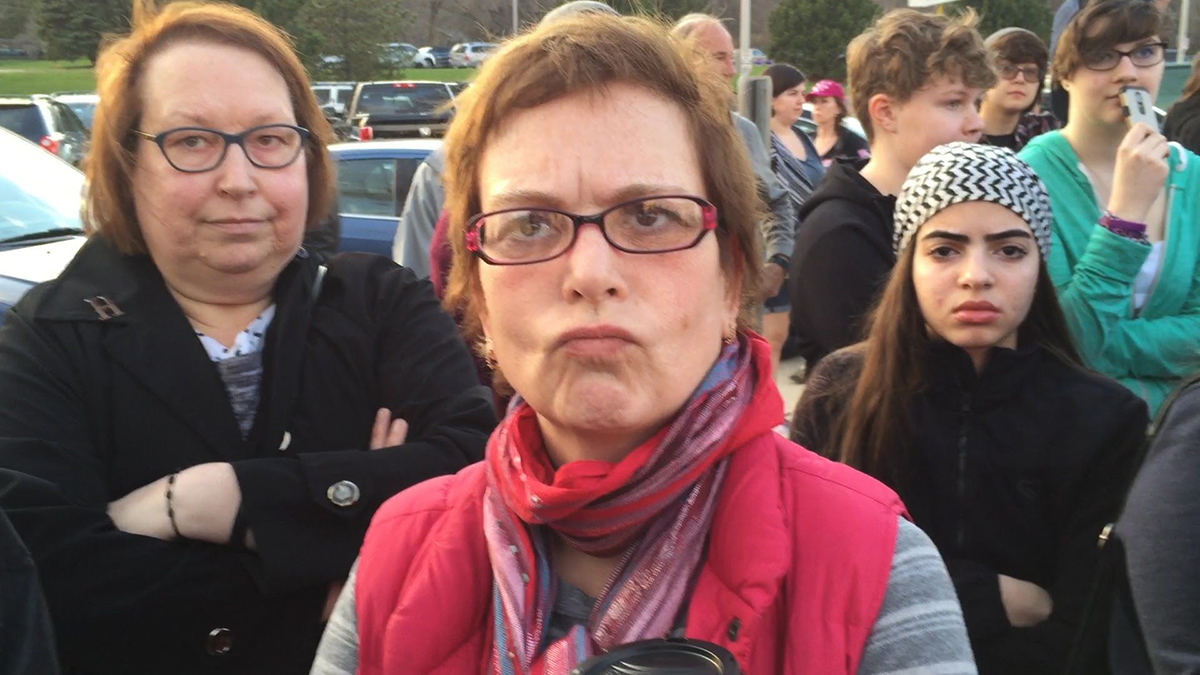If we were to believe the hysterical claims of Western feminists, the streets of Australia are as hazardous for women as the battlefields of the Congo. The “one in four women will be raped” trope is as blatant nonsense as BLM’s fact-free hysteria over police shootings. Like BLM’s idiotic gibberings, it’s a nonsensical conspiracy cooked up by wringing rubbery definitions and fudged statistics until the pips scream blue murder. Naturally, the feminist left believe them as ardently as a climate cultist who’s spent decades convinced that the world is going to end in the next five years.
But that’s far from the only utter nonsense about rape that has become holy writ in the feminist canon.
The ideological lens through which sexual assault is viewed today has a decades-long history, starting with Susan Brownmiller’s fascinating but factually wrong 1975 treatise, Against Our Will, in which she argued that rape is “a conscious process of intimidation by which all men keep all women in a state of fear”. Brownmiller’s analysis grew out of second-wave feminism, which viewed gender relations through a conflict theory (that is, Marxist) framework, wherein women as a class were oppressed by men as a class. Second-wave feminists believed that sexual violence was one of the tools by which the patriarchy used to keep women subjugated.
But although it was a challenging and influential work of theory, Brownmiller’s central claims just haven’t been supported by empirical data over the past 45 years.
Data, shmata. Them’s what we call “hate facts”.
So what does the data indicate? While it is true most victims of rape are female (around 80 per cent), victim of crime statistics collected by the ABS also indicate that it is overwhelmingly a crime committed against young people — including boys[…]
That 14-year-old boys and 15-year-old girls are most likely to be targeted by sex offenders seems at odds with the notion that sex offending is primarily motivated by power. Both in a legal sense and financial sense, children do not hold power. And yet they are more likely to be victimised by sex offenders than adults in their 40s or 50s.

Another popular trope that has proliferated in recent days is the notion that the rule of law is “broken” in regards to sexual assault because only a small number of cases that are reported end up resulting in convictions. The implied argument seems to be that police and prosecutors drop cases because they don’t “believe women” or because the threshold for evidence is too high. To be sure, many cases are dropped because prosecutors have insufficient physical evidence to work with. Nevertheless, researchers have found that one of the most common reasons for case attrition is lack of co-operation from the victim, not police.
But… but… #BelieveWomen!
Then there is the recent “MeToo” phenomenon of dredging often decades-old allegations. Which often seems suspiciously more motivated by revenge than anything else. As I’ve written elsewhere, the notion of a statute of limitations was developed over more than a thousand years in Western law – for good reason.
Young people should be aware that the likelihood of a conviction declines for any crime as reporting is delayed. Eyewitness testimony may be sufficient to convict offenders in some cases, but not all, and many cases will need physical evidence to substantiate witness testimony. If we want to increase convictions for sex offending, we should be encouraging women (and men) to report such crimes as soon as possible, not scaring them off with stories about how going to police is like “being raped a second time”.
This is a massively important point. While it is true that there have been deplorable instances where police have actively colluded to avoid prosecuting some truly horrifying rape crimes – such as in Britain’s Muslim rape gangs – these have been motivated by often political cowardice rather than a police culture of dismissiveness of rape in general. More to the point, such cases have generated a wave of public outrage and revulsion where they have been found.
Young people need to know that evidence is critical in pursuing justice if a crime is ever committed against them. And prompt reporting is the best way to ensure that such evidence can be collected and stored by the appropriate authorities.
The Australian
The depressing truth is that feminist “victimology” is doing far more harm to women and young people than a largely imaginary “patriarchy”.
Please share this article so that others can discover The BFD

